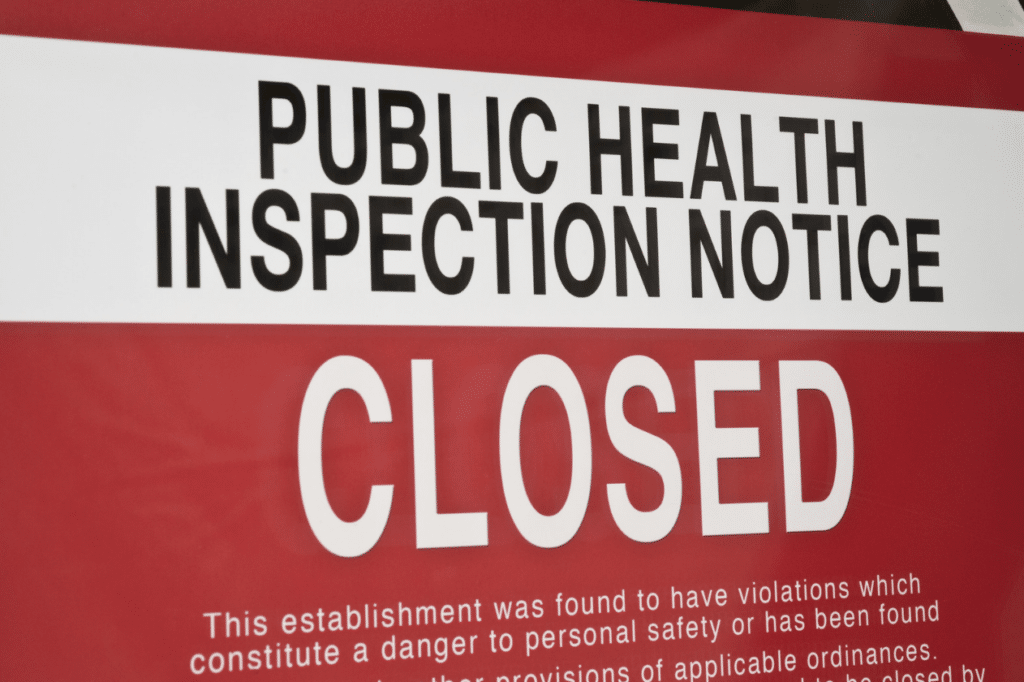Health Codes and Regulations: How to Keep Your Restaurant Compliant
Ensure your restaurant’s success by staying compliant with health codes and regulations. Learn valuable tips and best practices in this comprehensive guide.
As restaurant owners and restaurant managers, maintaining compliance with health codes and regulations is crucial for the success and reputation of your restaurant. Not only does it ensure the safety and well-being of your customers, but it also helps you avoid costly penalties and legal issues. This blog will provide valuable insights and practical tips to help you keep your restaurant in line with health codes and regulations.
Understanding Health Codes and Regulations
To effectively keep your restaurant compliant, it’s essential to clearly understand the health codes and food safety regulations that govern food establishments. Familiarize yourself with the specific requirements and safety standards set by local, state, and federal authorities, such as those set by the Food and Drug Administration’s (FDA) retail food code. This includes food handling, storage, cleanliness, and sanitation guidelines. Regularly check for any updates or changes to ensure ongoing compliance.
Educate Your Staff on Health Codes
Restaurant employees play a crucial role in maintaining compliance with health codes and regulations. Instruct them comprehensively on the correct procedures for handling food, maintaining hygiene, and ensuring safety, elevating their knowledge beyond the standard expectations of a food handler’s certificate. Emphasize the importance of handwashing, wearing gloves, and using food thermometers.
Conduct regular refresher training sessions to inform them about updates or new regulations. Encourage open communication between staff members and management regarding any compliance-related concerns or observations.
Establish Cleaning and Sanitization Practices
Develop clear protocols, train staff on proper techniques, and emphasize the importance of public health and sanitizing high-touch surfaces. Utilize approved cleaning products and establish monitoring systems to adhere to cleanliness standards consistently.
Moreover, regularly assess the effectiveness of your cleaning and sanitization practices through internal audits and customer feedback. Continuously improve and adapt your protocols based on restaurant industry updates and emerging best practices. By prioritizing cleanliness and effective sanitization, your restaurant creates a safe and hygienic environment that instills confidence in both customers and regulatory authorities.
Implement Effective Food Safety Procedures
Adhering to stringent food safety procedures is vital for maintaining compliance. Establish a Hazard Analysis Critical Control Point (HACCP) plan to identify potential hazards, implement preventive measures, and monitor critical control points. Regularly inspect and maintain your refrigeration and cooking equipment to ensure proper temperature control.
Keep detailed records of food storage, preparation, and cooking temperatures. Implement a strict system for labeling and disposing of expired or spoiled food items.
Regular Inspections and Audits
Schedule regular inspections and audits to identify any potential compliance risks before they become major problems. Conduct self-audits periodically to assess your restaurant’s compliance levels. Keep all documentation and records organized and readily accessible for inspectors. Address any issues promptly and implement corrective actions to prevent their recurrence.
Safeguarding Success for Compliance and Health Codes
By prioritizing compliance with health codes and regulations, your restaurant can maintain a safe and healthy environment for both staff and customers. Stay informed, educate your staff, implement effective procedures, and conduct regular inspections. With this, you can ensure your establishment’s long-term success and reputation within the food service industry.
Remember, staying compliant not only helps you avoid penalties but also demonstrates your commitment to providing a safe dining experience.

